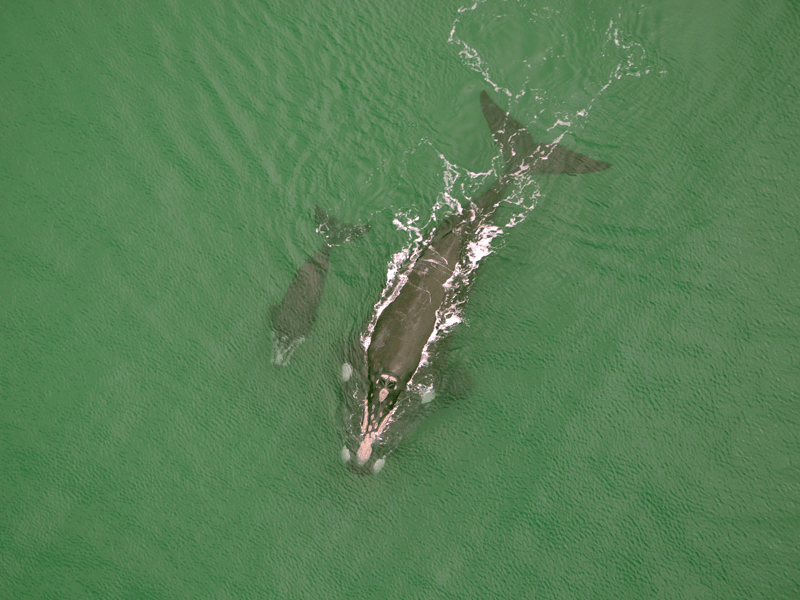Scientists ask public’s help to track tohorā
2 min read
Photo credit: Karina Groch
New Zealand’s tohorā, or southern right whales, are returning to New Zealand, and scientists are urging Kiwis to help them track these whales.
Southern right whales were almost hunted into extinction in the 1880s. By 1920, there were thought to be only 40 whales from the original estimated population of 30,000.
An international hunting ban and establishment of a marine reserve in the Auckland Islands allowed the whales to recover to approximately 2000 whales by 2009.
Although their numbers are increasing, little is known about where tohorā go outside their subantarctic refuge and how their migration is being affected by climate change.
So scientists at the University of Auckland, in partnership with marine conservation charity Live Ocean, are asking the public to report sightings of southern right whales and all other whales to the Department of Conservation hotline 0800DOCHOT (0800 362 468).
Blue whales, humpback whales, and sperm whales are commonly sighted in New Zealand waters in the winter months from June to October.
The data from the public will help increase knowledge of whale distribution and movements around the country and bolster the satellite tracking programme, which will begin when researchers visit the Auckland Islands, which lie almost 500km south of the South Island, in August this year.
“Over the next few months, southern right whales can literally be seen anywhere along Aotearoa New Zealand’s coastline. Every sighting helps us understand what areas are important to the whales and how we could protect them in the future. We need the public to tell us what they’re seeing out on the ocean,” said Dr Emma Carroll, lead researcher from the University of Auckland and Rutherford Discovery Fellow.
A key part of the campaign is how to record the details, including the number of whales and calves, the direction they were travelling, and how to take photographs or videos using identifying marks. It also aims to educate the public on how to be whale-wise at sea.
If you spot a whale, check out this Live Ocean information sheet to help you identify the type of whale you have seen.



